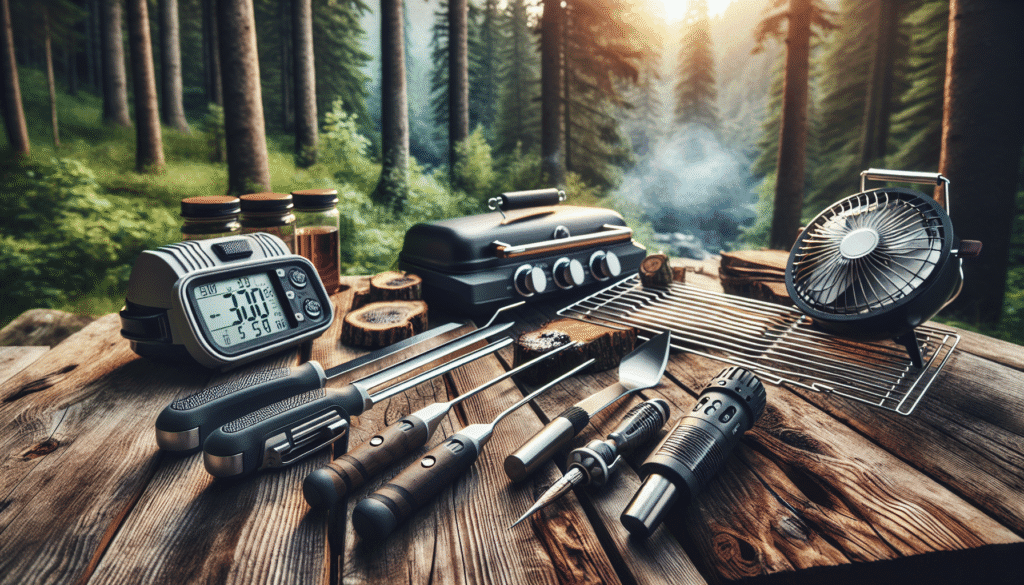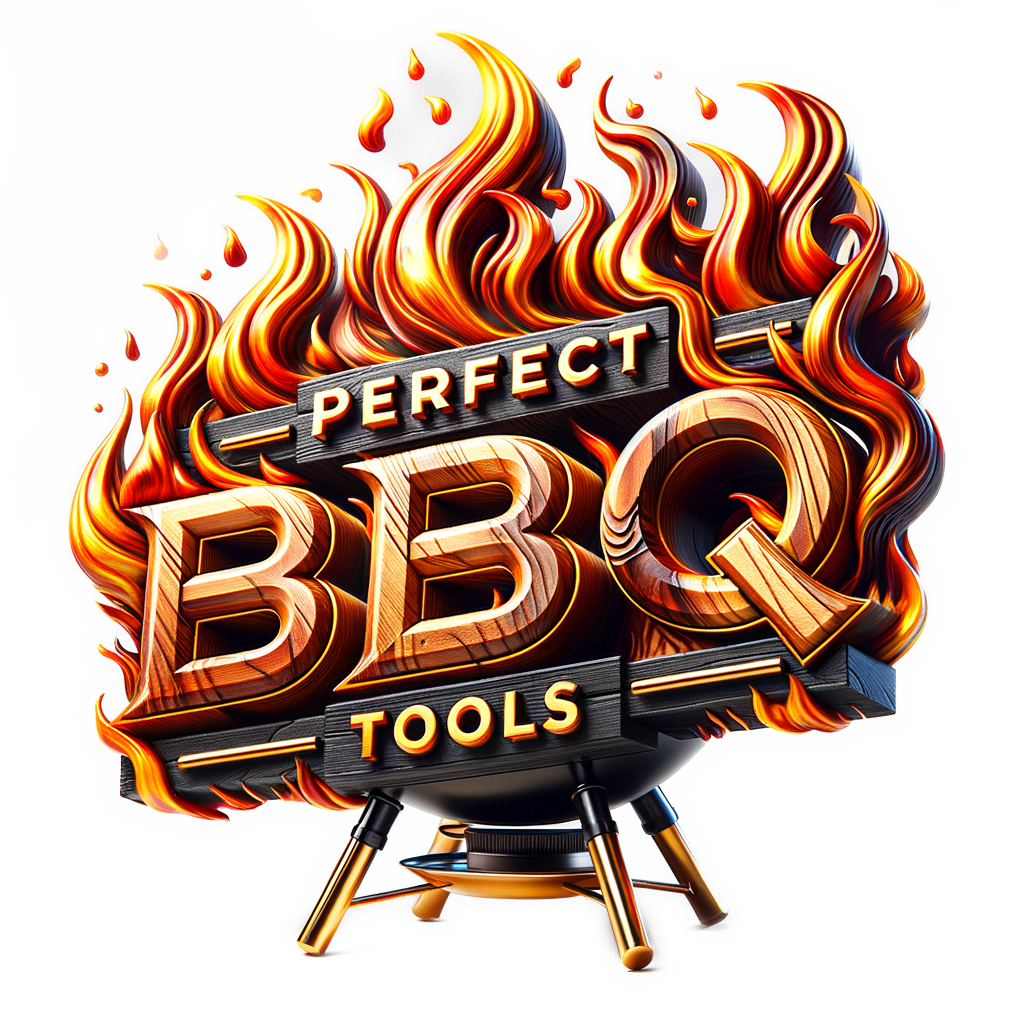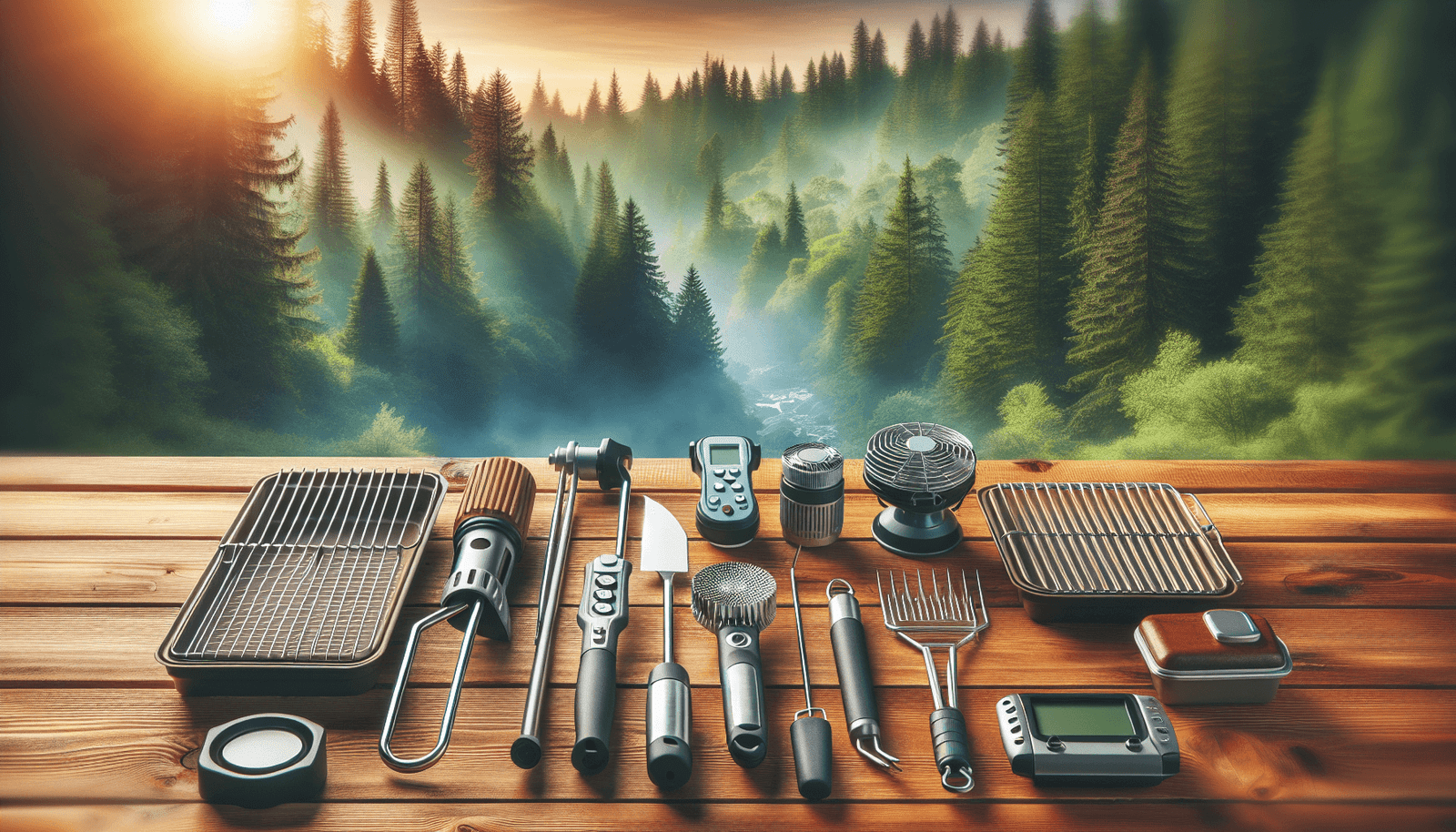Have you ever found yourself camping in the great outdoors, excitedly gathering around your grill only to realize you’re struggling to maintain the right temperature? It’s a common dilemma: the joys of grilling amidst nature can quickly turn into an adventure of its own when the temperature is hard to control. Knowing how to effectively manage grill temperature ensures your meals are as enjoyable as the spectacular views surrounding you. So, let’s discover the essential accessories that you need for grill temperature control while camping.
The Importance of Temperature Control
Before diving into the gear, it’s crucial to understand why managing temperature is an essential part of grilling—both at home and while camping. Achieving the right temperature not only affects the taste of your food but also its texture and safety. Food that is cooked too quickly might end up burnt on the outside and raw on the inside, while grilling at too low a temperature extends cooking time, affecting flavor and potentially leading to food that is dry and unappetizing. Therefore, mastering the art of grill temperature control can vastly improve your outdoor cooking experience.
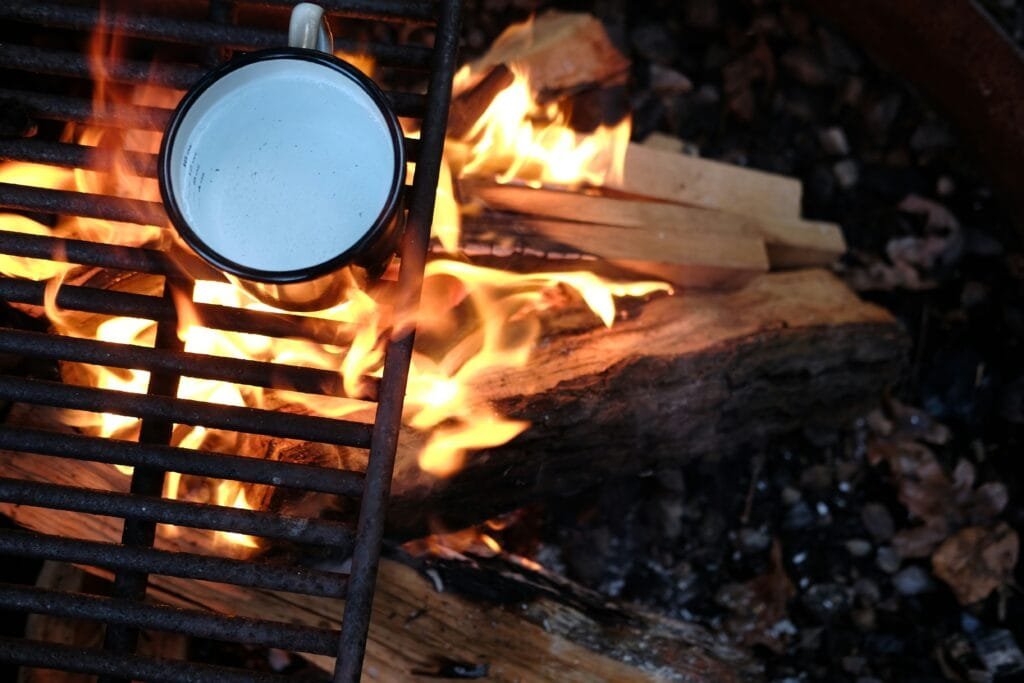
Essential Accessories for Effective Temperature Control
There are several accessories specifically designed to help control and maintain the grill temperature more efficiently. Here are some you might consider adding to your camping kit.
1. Digital Meat Thermometer
A digital meat thermometer is a must-have tool for precision grilling. It allows you to check the internal temperature of your food without cutting into it, ensuring that your meat is cooked perfectly. Digital thermometers are usually quick and accurate, offering clear readings that help prevent overcooking or undercooking. When camping, choose a durable, waterproof model for reliability in rugged environments.
2. Grill Thermometer
While a meat thermometer checks the temperature of food, a grill thermometer measures the temperature inside your grill. Many grills come with a built-in thermometer, but if yours doesn’t, or if it’s not very accurate, a standalone grill thermometer can be an excellent investment. By keeping track of the grill’s internal temperature, you can make necessary adjustments to heat and airflow, helping maintain consistent cooking conditions.
3. Heat-Resistant Gloves
Safety first! Heat-resistant gloves allow you to adjust the grill components safely, such as vents and grates, without hesitation. Good quality gloves can withstand high temperatures, providing you with dexterity while offering protection from burns.
4. Adjustable Grill Vents
Managing airflow is key to regulating temperature. Adjustable grill vents allow you to control the oxygen flow to your coals or burner, and subsequently, the temperature. Open vents increase the heat, while closed vents reduce it. Having a grill with well-functioning, adjustable vents is crucial for maintaining a consistent temperature throughout the cooking process.
5. Charcoal Chimney Starter
If you’re using a charcoal grill, a chimney starter is an essential tool. It helps light charcoal more evenly and quickly, reducing the hassle of achieving the ideal cooking temperature. This device minimizes the need for lighter fluid, giving you a cleaner burn and a better taste in your food. Once the coals reach an ashy white color, they’re ready for grilling.
| Feature | Benefit |
|---|---|
| No lighter fluid | Cleaner, tastier food |
| Evenly lit charcoal | More consistent grilling temperature |
6. Grill Baskets and Cooking Grates
Using grill baskets and additional cooking grates can help manage temperature indirectly. They allow you to cook delicate foods, like fish or vegetables, evenly without direct exposure to high heat or flames. These accessories can be moved around easily on the grill to avoid hot spots, ensuring your items cook uniformly.
7. Windshield or Grill Windbreak
When camping, exposure to wind can significantly affect your grill’s temperature. Sudden gusts can lower the temperature, affecting your cooking times. A windshield or grill windbreak can shield your grill from the wind, helping maintain a consistent heat level. These can be as simple as a sheet of metal or aluminum you position around the grill, or a specialized product designed specifically for your grill model.
8. Fire Starters
Efficient fire starters are crucial for reliable ignition and temperature control, especially in windy or damp environments. Choose environmentally friendly options that produce minimal smoke. These can help ensure you have a steady base for the fire, leading to a more controlled grilling experience.
9. High-Quality Charcoal or Propane
Depending on your grill type, the fuel you’re using plays a significant role in temperature control. For charcoal grills, use high-quality briquettes that burn evenly and consistently. For propane grills, ensure your tank is full and free from leaks to avoid fluctuations in temperature.
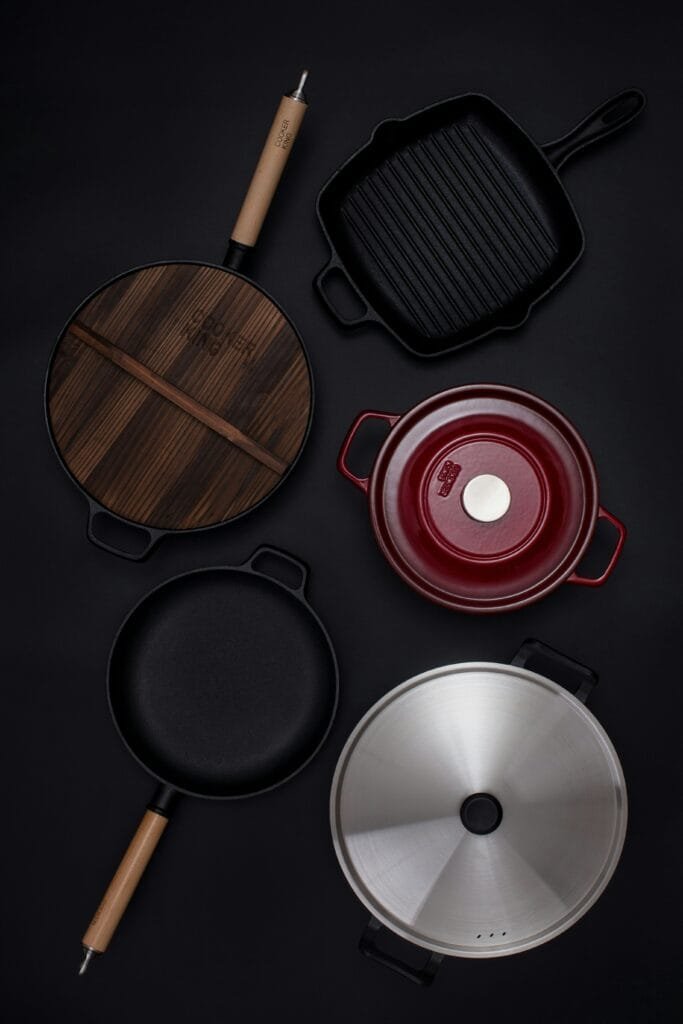
Techniques for Temperature Control
Aside from the accessories, employing specific techniques can enhance your ability to control grill temperature.
Direct vs. Indirect Heat
Understanding the difference between direct and indirect heat allows you to tailor your grilling style to different types of food. Direct heat is excellent for searing meats, while indirect heat is perfect for slow cooking larger cuts that require more time. Learning to zone your grill for both direct and indirect cooking can elevate your grillmaster skills.
Adjusting Cooking Zones
If your grill size allows, creating separate cooking zones can provide you with more precise temperature control. For instance, pile your charcoal more to one side to create a high-heat zone, while leaving the other side with fewer coals for a cooler zone. This technique gives you greater flexibility and control over how each dish is cooked.
Monitoring and Adjusting Vents
Consistently monitoring and adjusting vents can help you manage the temperature effectively. Start with both the top and bottom vents open to obtain the desired heat, and make minor adjustments as needed. A small change in the vent opening can lead to significant changes in temperature, so adjust with care.
Using a Water Pan
Placing a water pan either directly on top of or beside your coals can help regulate the grill’s interior temperature. The water’s evaporation helps stabilize the heat, reducing temperature spikes and providing a more uniform cooking environment.
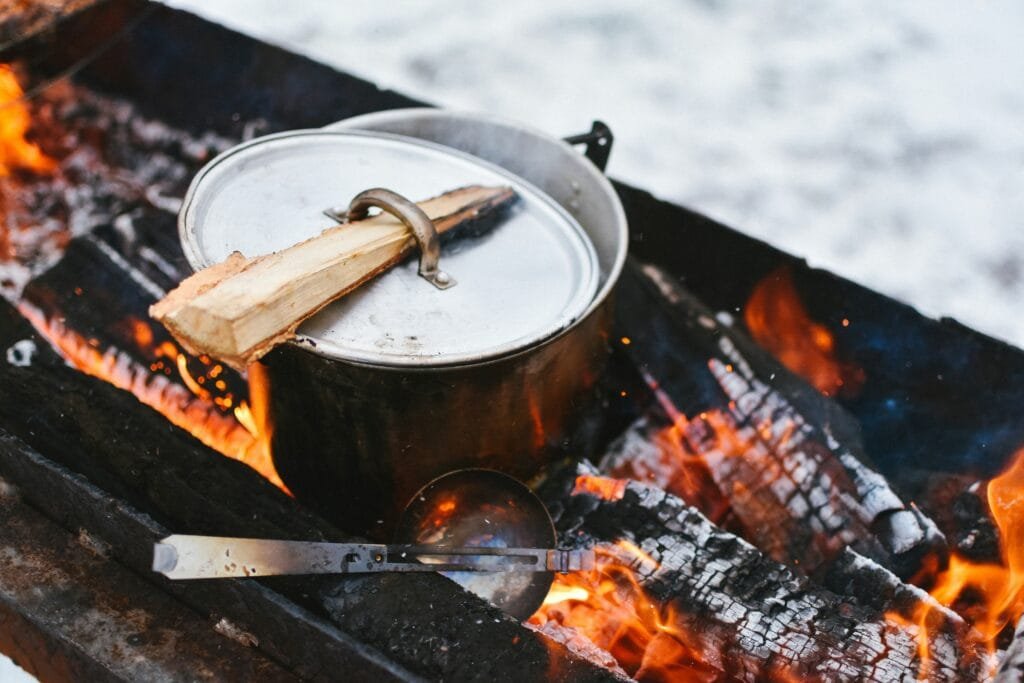
Benefits of Mastering Grill Temperature
Having greater control over grill temperature not only equips you for successful meals but also enhances your camping experience overall. Here are some benefits:
- Improved Flavor: Temperature control helps retain a food’s moisture, enhancing its natural flavors.
- Consistent Results: Regularly cooked meals that meet your standards every time.
- Safety: Cooking meat to the right temperature ensures it is safe to consume, preventing food-borne illnesses.
- Energy Efficiency: Especially important if resources are limited, managing the grill’s temperature can prolong your fuel usage.
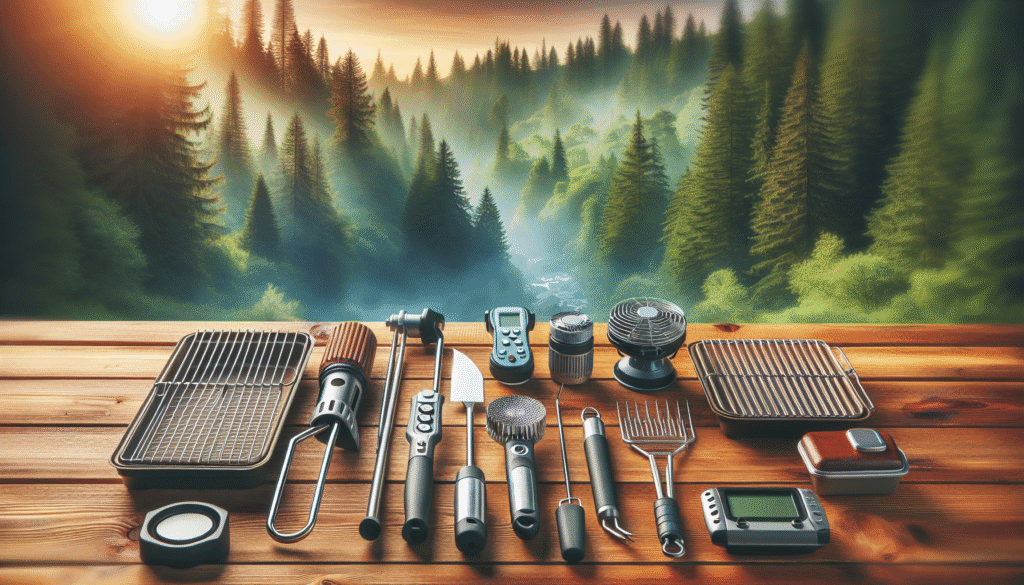
Conclusion
Managing your grill temperature while camping involves a mixture of the right tools and techniques. Equipping yourself with the proper accessories, like a digital meat thermometer or high-quality fuel sources, can make a significant difference in your grilling experience. Combining these tools with strategic cooking practices will not only help you achieve culinary success but also enhance your overall adventure.
The next time you set out for a camping trip, think of grill temperature control as an art and a science that adds an enjoyable dimension to your outdoor cooking. By preparing adequately, you can focus less on the challenges and more on savoring the remarkable meals and memories you’ll create.
